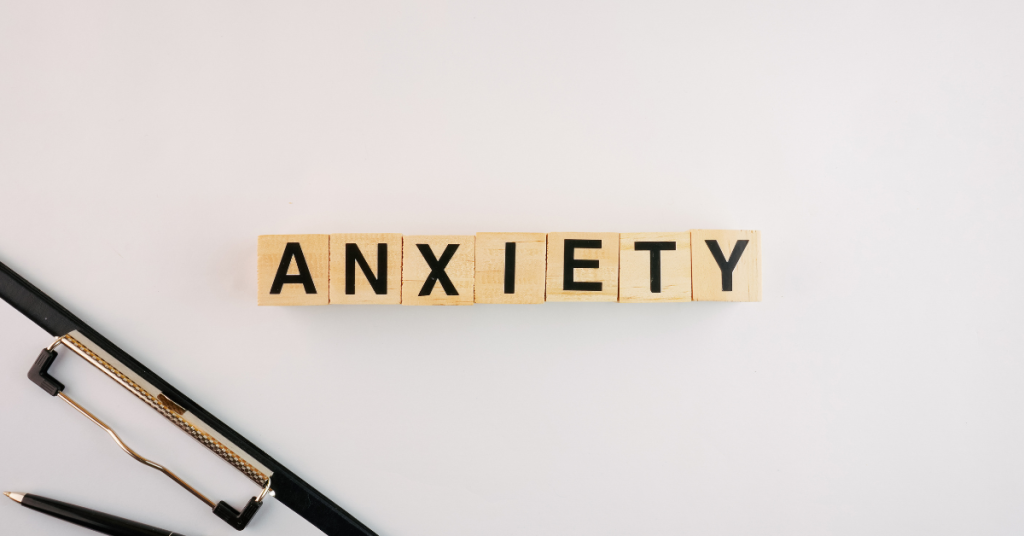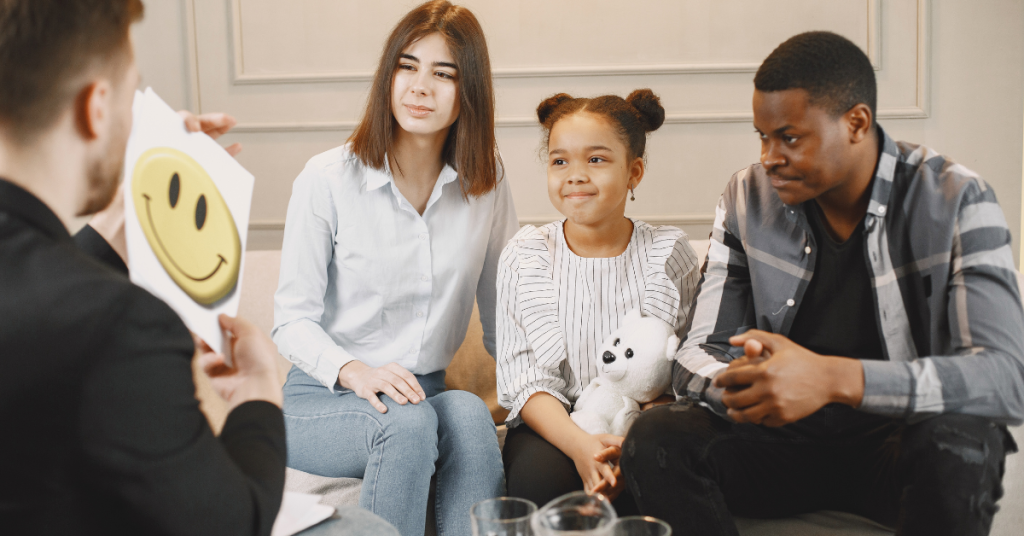Foods That Can Help Improve Moods
Folic Acid/Vitamin B9 which can be found I beans and lentils. There are studies that show this type of food to reduce depression. Omega 3 and Omega 6 Fatty Acids which can be found in fish, nuts, flax seed oil, and avocados. There are studies that show an improvement in depressive symptoms.
Foods That Can Help Improve Moods Read More »








